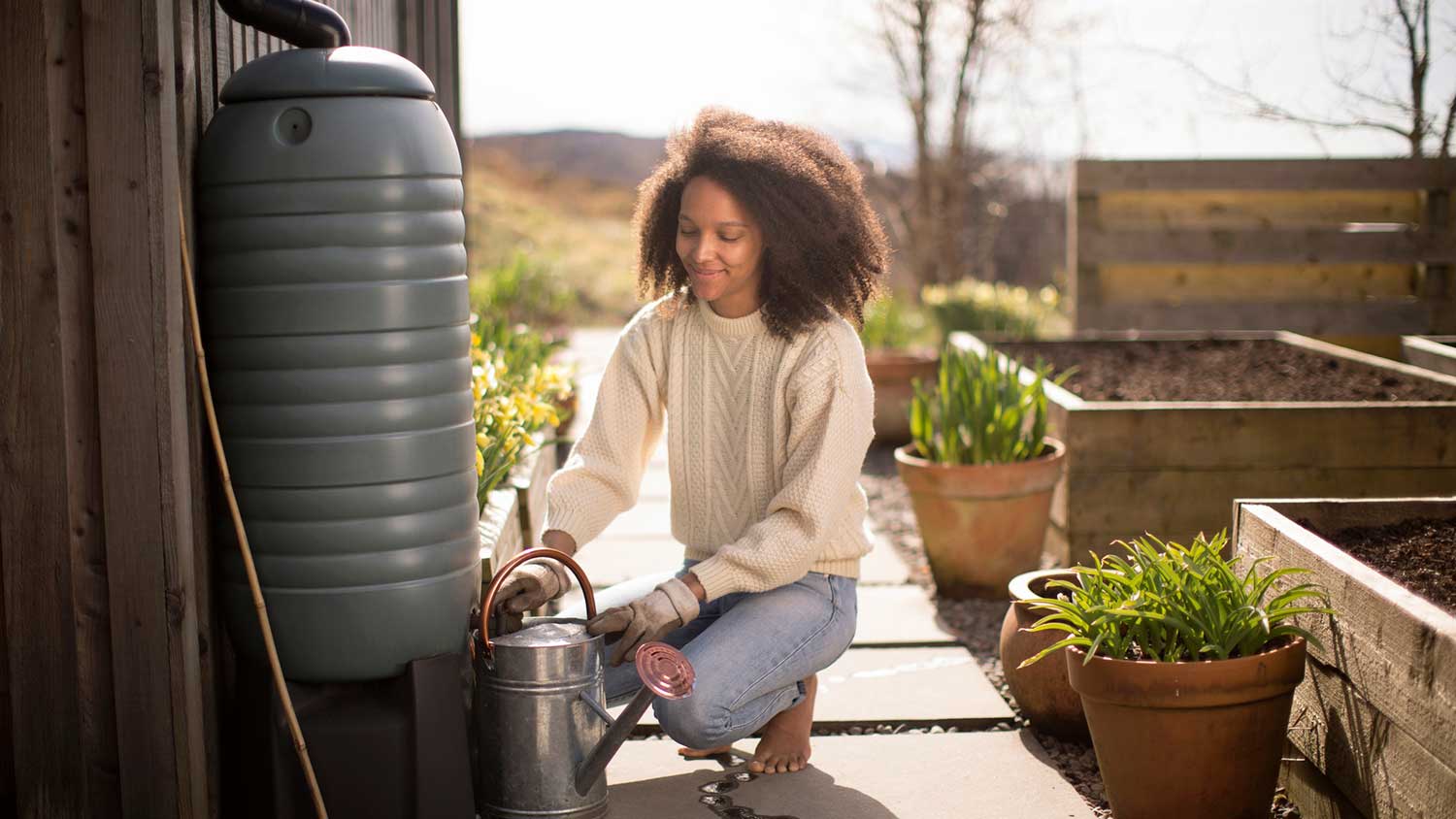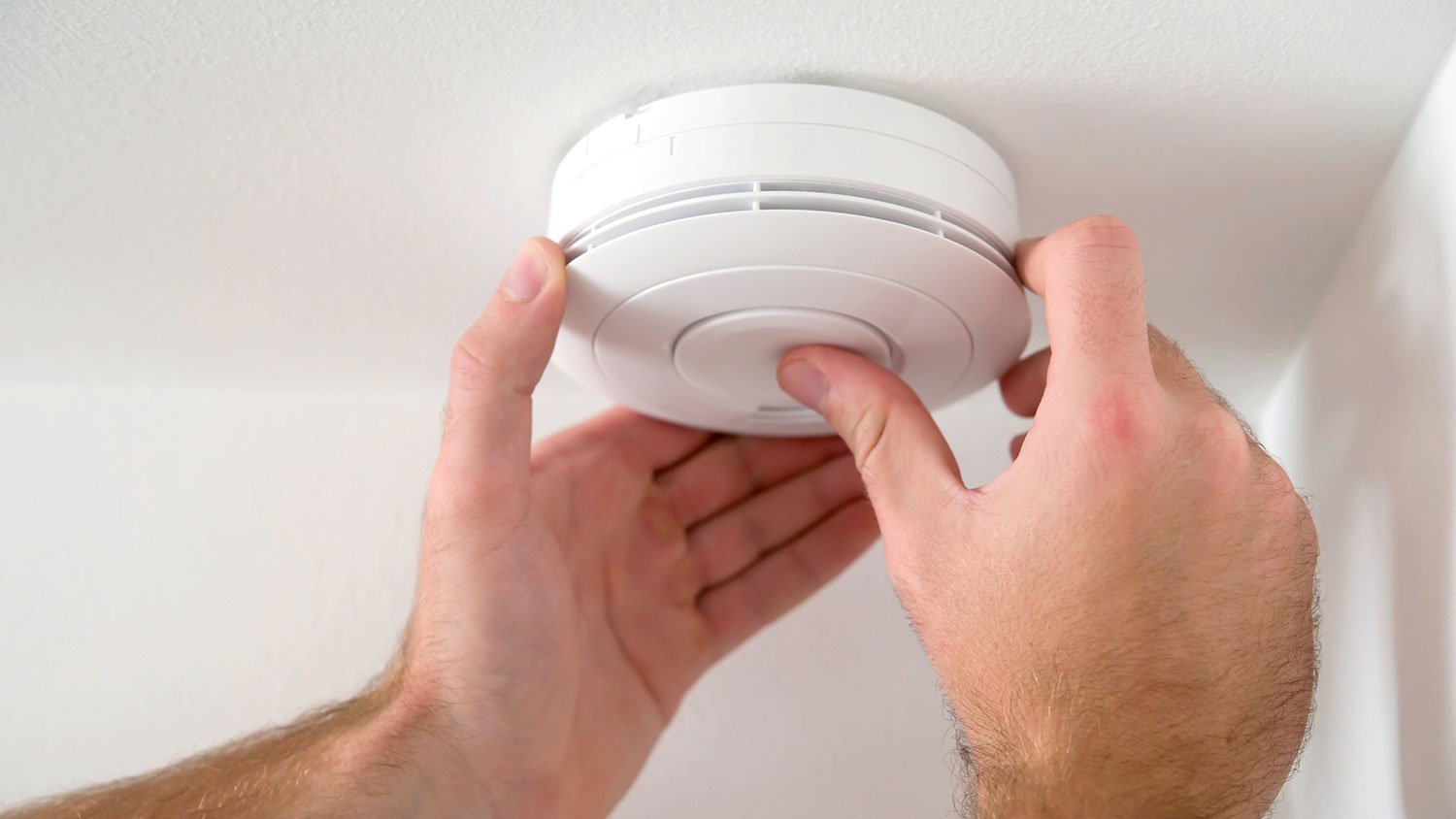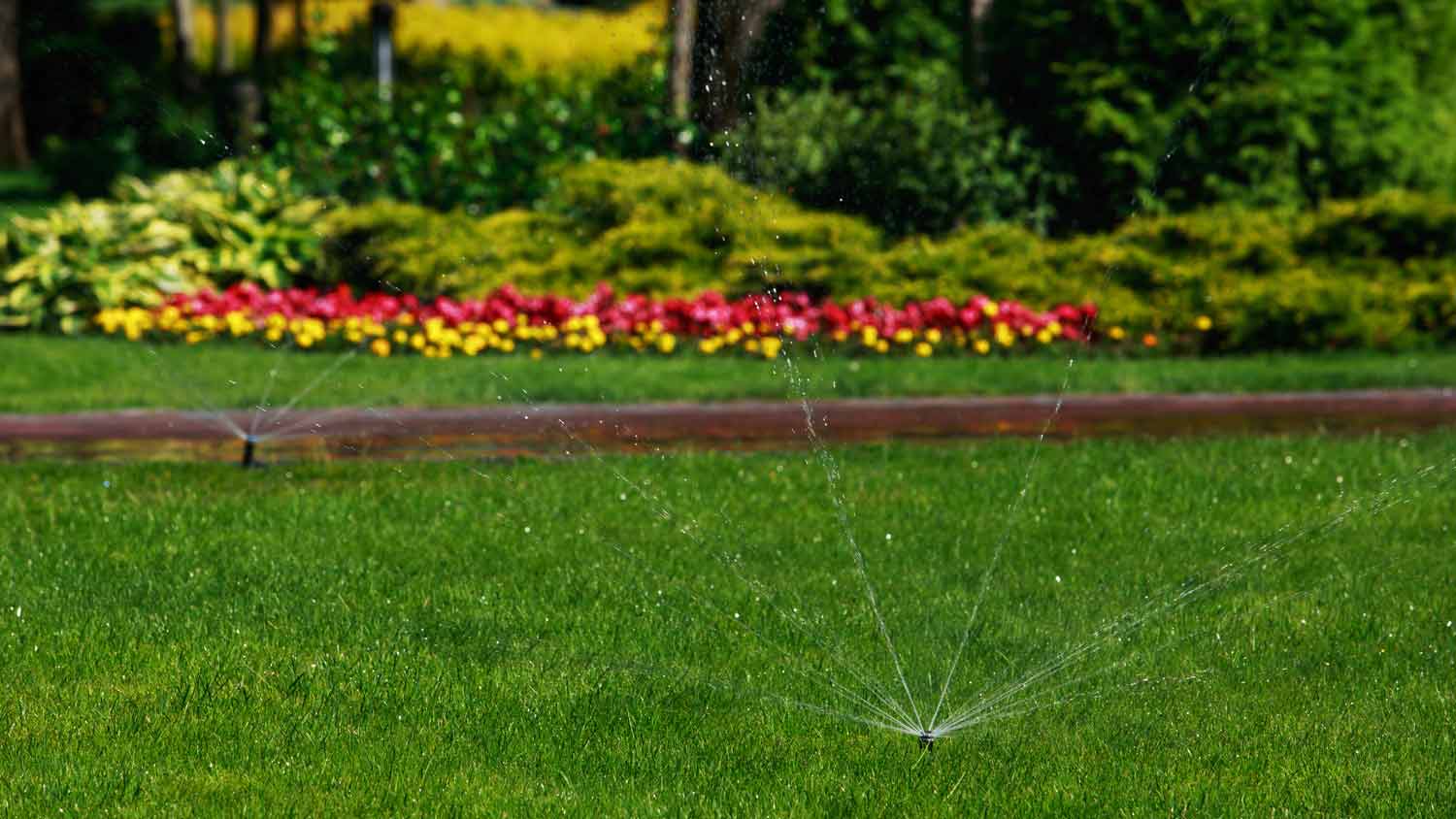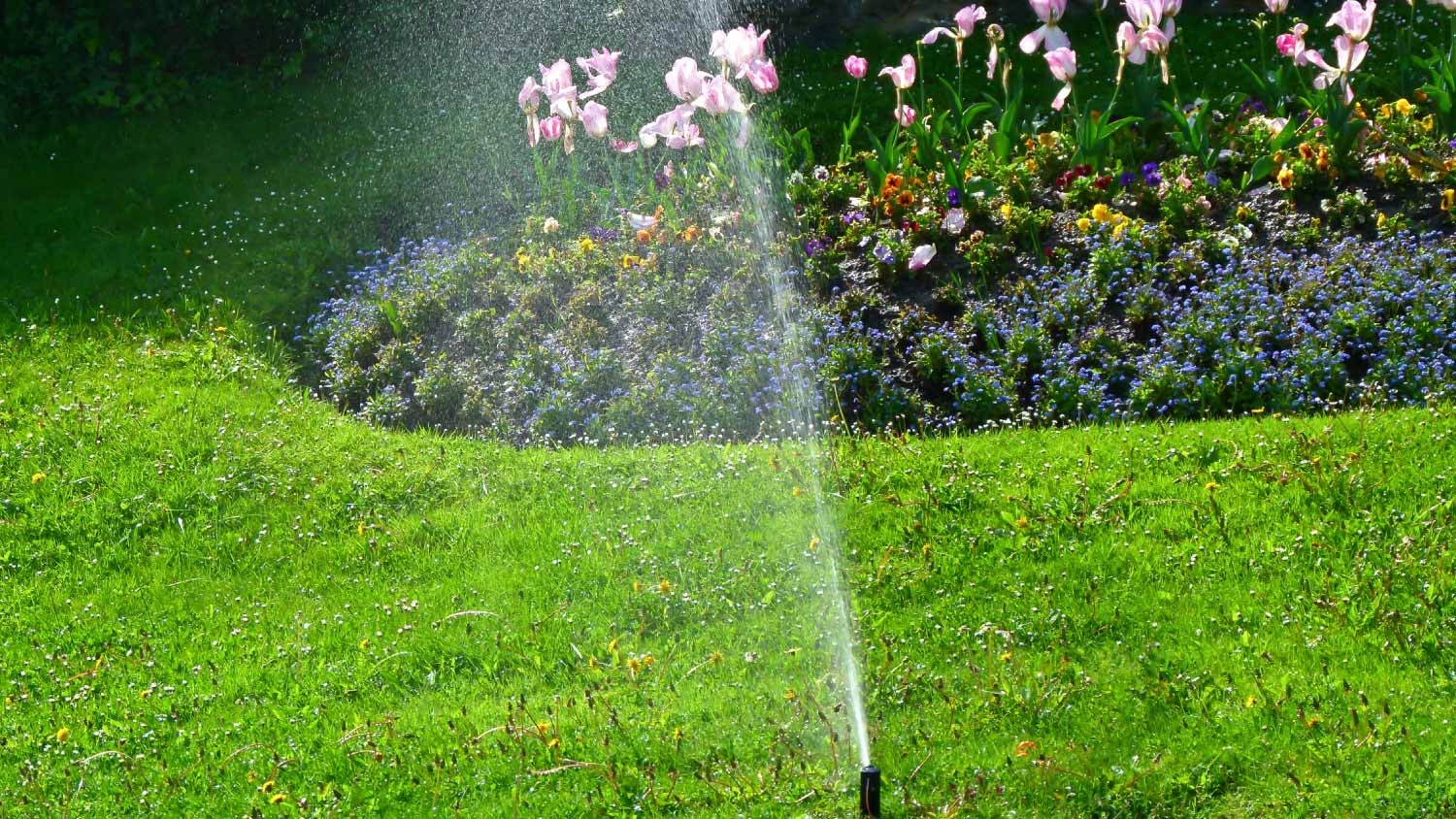The Ultimate Guide to Droughts: Before, During, and After
When the water supply is low, it’s up to all of us to do our part


It might surprise you how much water you can save just by being mindful.
Don’t wait for a drought to start conserving water; challenge yourself to use less.
Energy Star-rated appliances can save water and money.
30% of household water use is outdoors; low-maintenance landscaping can help.
Make sure your smoke alarms and fire extinguishers work.
A drought is a period of low rainfall that leads to a shortage in the water supply. It can happen anywhere. In the short term, the lack of rain can damage crops, stir up dust storms, and dry up small streams. In the long term, reduced rainfall can cause food shortages, deter tourists, and lead to wildfires.
Local or state governments might anticipate a shortage and put water conservation measures in place. It might seem like an inconvenience but these rules are necessary to keep communities healthy and safe. Here’s how you can help.
Before a Drought
Everyday conservation starts at home. You might be surprised how being mindful and intentional about the ways you use water in your daily life can help slow the flow. Small changes to personal care, cleaning, and landscaping routines add up.
Turn off the Tap
There’s no reason to let the water flow for the full two minutes you spend brushing your teeth. Rinse your toothbrush, turn off the tap, brush, then turn the tap back on to rinse your brush and your month.
Apply the same technique when washing dishes or the car. You can also experiment with using less pressure. For example, the faucet doesn’t have to be on full blast when letting the shower warm up or washing hands.
Get Efficient Appliances
The latest, efficient dishwashers use as little as 3.2 gallons of water per load. Energy Star-rated clothes washing machines use 33% less water than regular washing machines. If you’re still using an older model, consider replacing it. You might even qualify for a rebate to help offset your efficient investment, save on water bills, and help protect lakes, streams, and oceans.
You can also save water with efficient toilets and showerheads.
Stop the Drops
A leaky faucet not only annoys you with a constant drip, drip, drip but leaks also waste a trillion gallons of water each year. Fixing a leaky faucet is one of the easiest ways to save a significant amount of water. You can fix most leaks yourself with a few turns of a wrench. (While you’re at it, add an easy-to-install, low-flow faucet aerator to save even more.)
For more advanced leaks or improvements, consider hiring a nearby plumber to take a look.
Reduce. Reuse. Recycle.

About 30% of most household water use goes to the lawn and garden. Attaching a rain barrel to your gutters’ downspout is an easy way to capture rainwater for later use. Just make sure you cover it properly to prevent mosquitoes from laying their eggs and staking a claim on your property.
You can also save household water for cleaning or use on the lawn. Put a bucket in the bathroom to collect the shower water that usually just flows down the drain while it heats up.
Landscape With Drought-Tolerant Plants
Don’t wait for the city to call for water restrictions. You can cut back on the amount of water you need for landscaping by watering less often but for more extended periods. Watering for 15 minutes a few times a week is better than doing so for a few minutes every day because the water has a chance to saturate the soil and reach the roots.
You can also save water and install an automatic sprinkler system or consider xeriscaping — using native plants to create a low-water-use landscape — instead.
During a Drought
This is what you’ve been training for with your water conservation measures, but it’s time to take it up. Follow the guidance of local officials monitoring the situation to conserve water for necessary operations like fighting fires, agriculture, and, yes, your household use.
Take (Short) Showers
Showers use significantly less water than baths, especially if you turn the water off while you lather. You can also place a bucket in the shower with you to catch excess water, then use it to water your indoor and outdoor plants.
You can also take the 2-minute shower challenge. During a drought in South Africa, recording artists created two-minute shower songs to encourage quicker bathing. See if you can do it!
Skip the Dish Rinse
If you’re hand-washing, fill one side of your sink with soapy water for washing and the other side with clean water and a splash of bleach for rinsing. If you’re using the dishwasher, only run it when it’s completely full. (The same rule applies to the laundry.) Don’t rinse dishes before putting them in, and choose a water-saving cycle.
Cut Outdoor Water Use
If you can, avoid washing your car and watering your lawn during a drought. Your grass will go dormant and grow back, in many cases. At least follow local restrictions when it comes to watering.
For a more efficient car wash, choose a commercial car wash that recycles water.
Ban the Burn
In a time of drought, wildfires are a top concern. Even the smallest spark could ignite a flame that could threaten your whole community. To reduce the risk, postpone bonfires, fireworks, and outdoor grilling. Be sure to dispose of cigarette butts responsibly.
Anticipate Any Problems

It’s possible that the drought leads to severe problems, like no water coming from the tap when you turn it on or even the need to evacuate. Be ready by:
Keeping emergency water on hand. The rule of thumb is one gallon of water per person per day. You might also want non-perishable emergency food that doesn’t require water to prepare.
Having an emergency plan, including a emergency preparedness kit and a plan for where to go.
Making sure your fire supplies work properly. Test the fire alarms and check the date on the fire extinguisher (or buy one). If you own a home in a region prone to drought and wildfires, you may want to take it a step further by building or retrofitting your home and landscape with fireproof materials.
After the Drought
After the drought, it’s important to prepare for the next one and repair any damage. Depending on the severity of the drought, your lawn might need some love.
If the lawn doesn’t spring back to life after a few good rains, it might need spot seeding or a complete renovation.
To fill in some dead patches, remove the dead grass, loosen the soil with an aerator or grass stitcher, and then sprinkle in seed. Cover the seeds with soil and give them a good watering.
If you need to replace the entire lawn, you might consider alternatives to grass that require a significant amount of water. Consider these low-maintenance lawn alternatives.





- 7 Tips for Keeping Your Grass Green During a Drought
- Does Drought Affect Well Water?
- 14 Preventive Plumbing Maintenance Tips You Should Know
- How to Reduce Sewer Bills: 12 Easy Ways to Save Big
- 9 Tips for Saving Your Lawn During a Drought
- 18 Common Plumbing Problems and How to Resolve Them
- When Is the Best Time to Water Your Grass? Good News for Early Risers
- 9 Potential Reasons Cold Water Isn’t Coming out of Your Faucet
- 9 Tips for Saving Water With Low-Flow Kitchen Faucets
- 11 Easy Tips to Use Less Water While Washing Dishes










